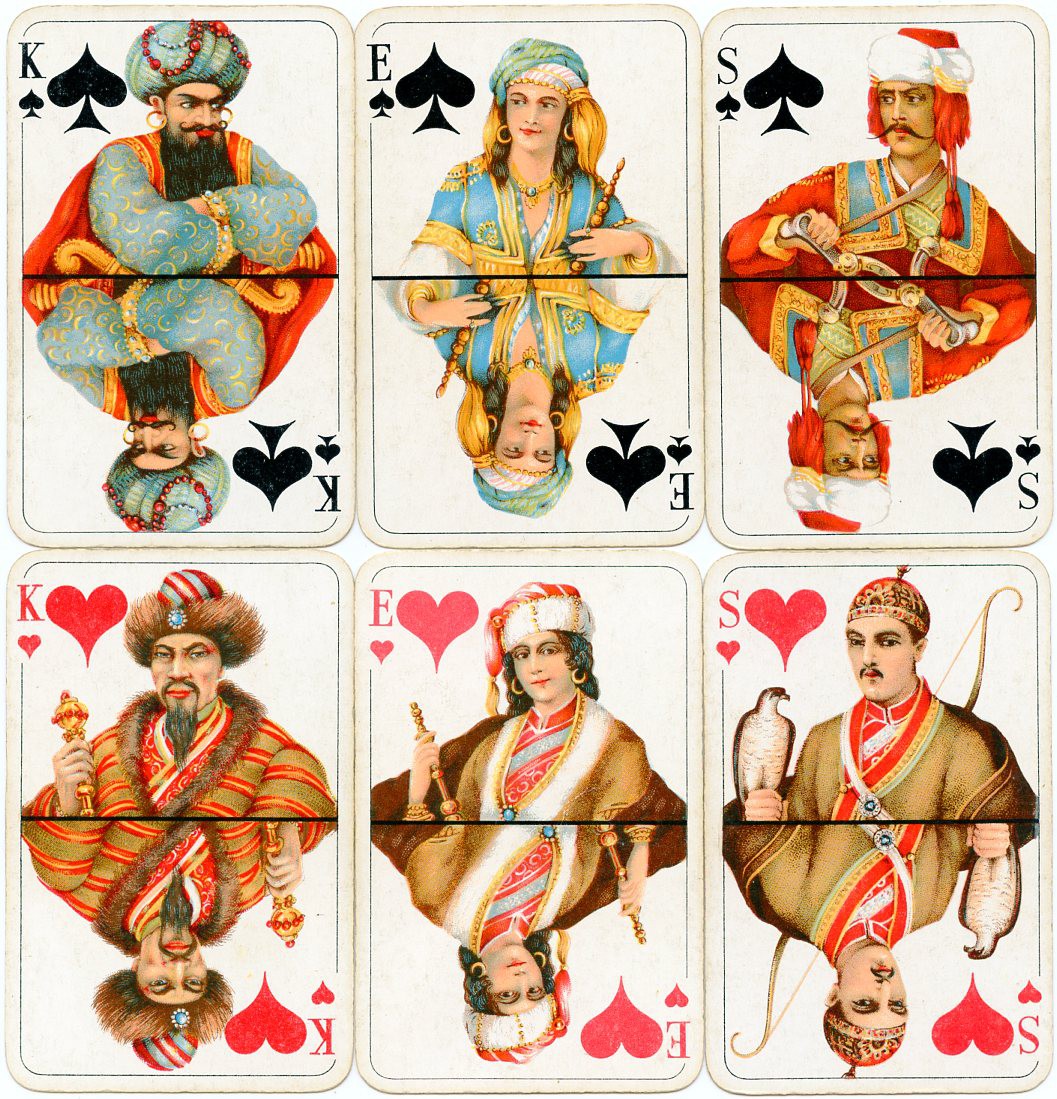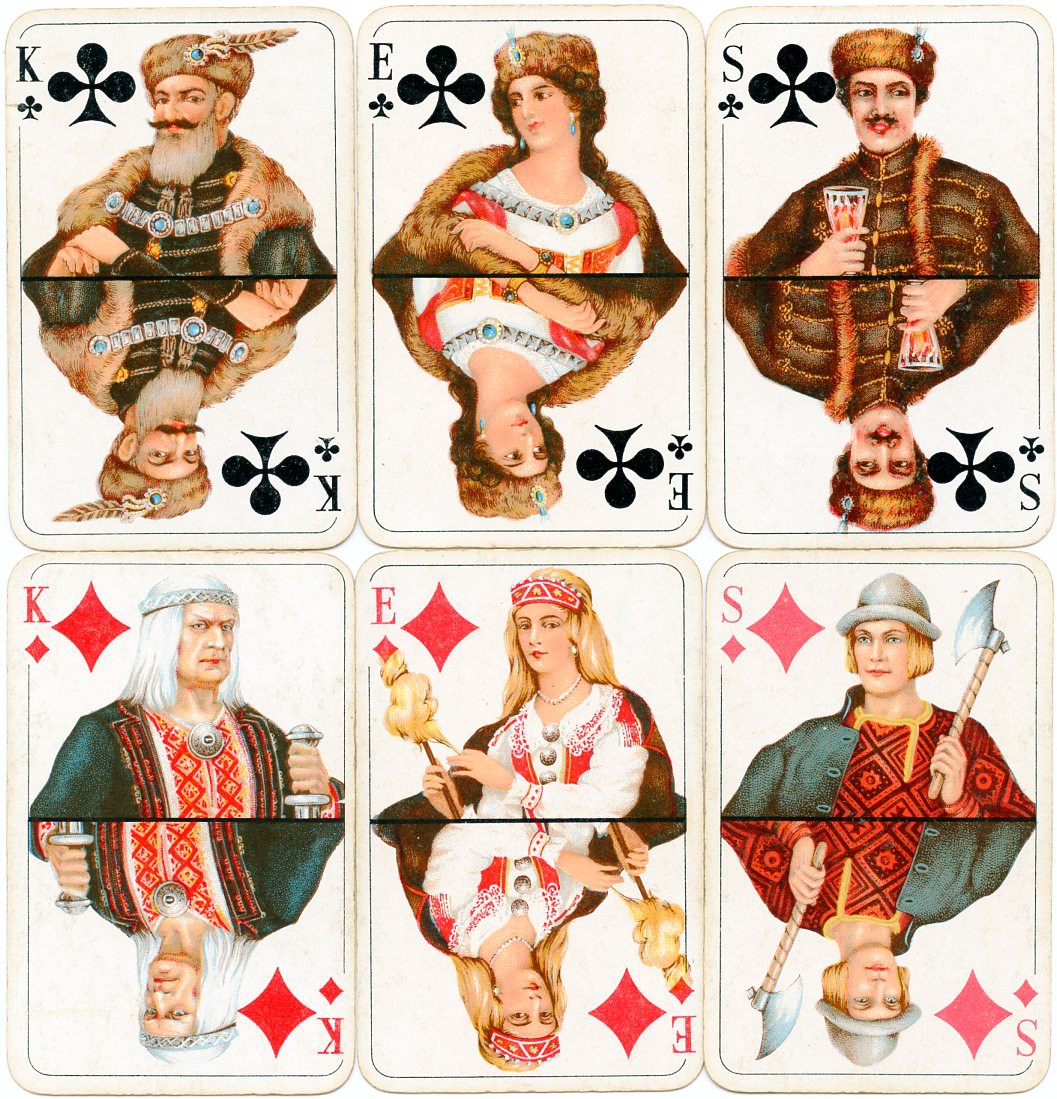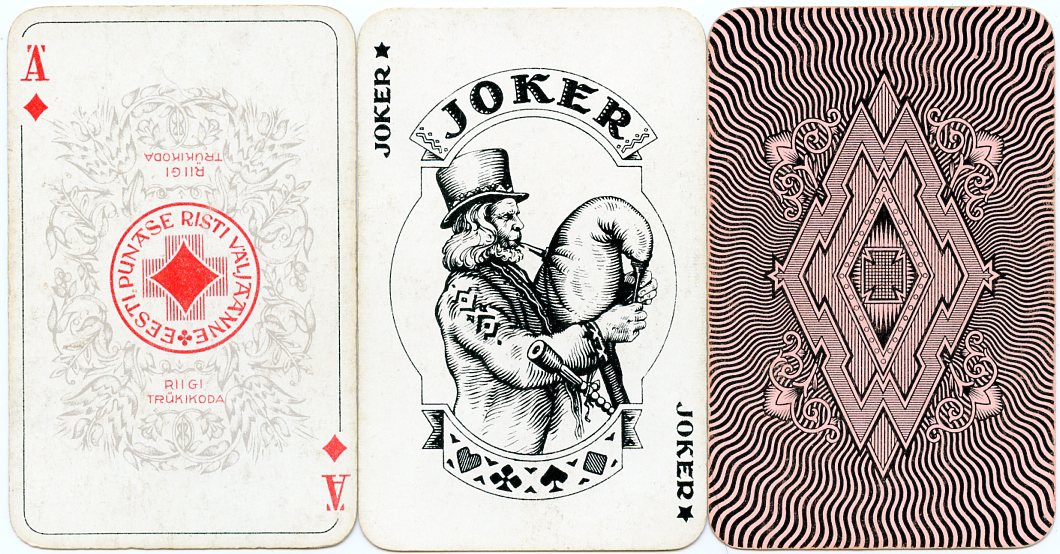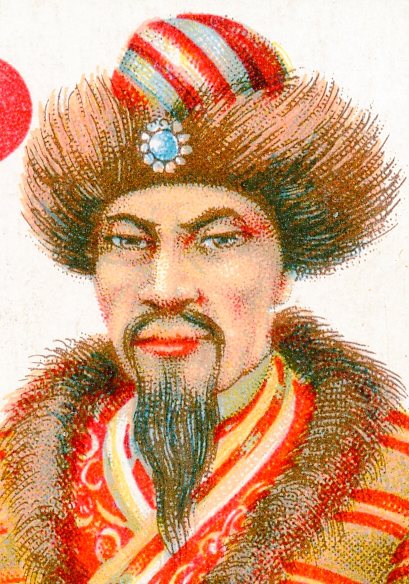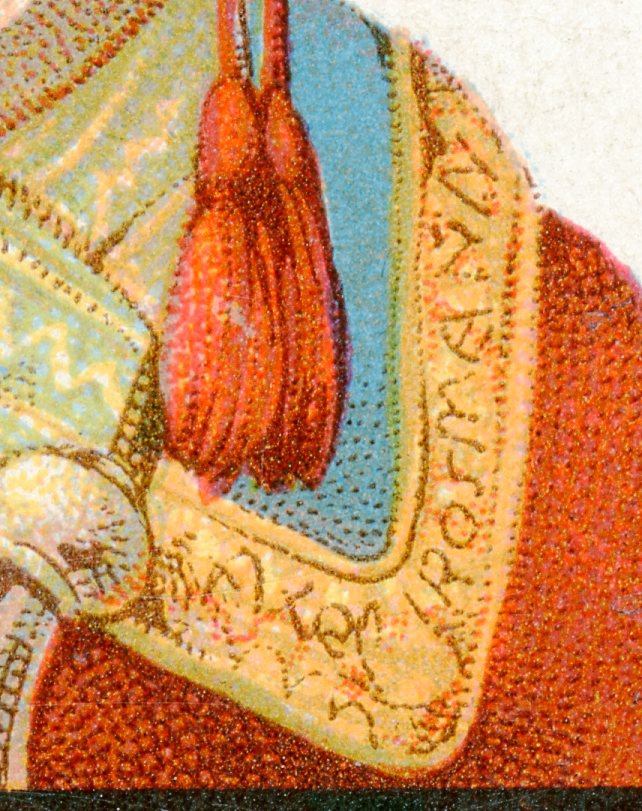
April 28
This will be the last
contribution to this series of daily distraction during the lockdown here. It
worked for me and hopefully for you too. But all good things come to an end. I
had already announced that the end would come as soon as I had had a decent
lunch or dinner in a proper restaurant again and today I spent two-and-a-half
hour with a friend on a delightful lunch, outside in the sun. So...... that was
it!
This final deck was printed in chromolithography by the State Printer from
Talinn, Estonia. Apparently there is some confusion about the designer and date
of this deck. On the WOPC and WWPCM site it's dated c1930 and the design is
attributed to Axel Rosmann, but in Braun Band 16 Ulrich Knüpfer dates it as
1927 and names Kümmer, an architect, as designer. On the file card Miriam went
for Axel Rosmann and c1930.
As announced I will process this
second Lockdown Series as a new Xpo on the DXPO site, probably during the next
weekend. It will be done in the same manner as the Xpo of the first Lockdown
Series, so that you can browse through all the 132 decks that I've shown in this
group since December 15. When that's done there will be more than 1000 decks on
my DXPO site, shown in full in several xpo's.
Because I'm sure that my daily deck will be missed, I propose to turn this into
a challenge. So I dare a member of this group to show us 7 decks from his/her
collection here for 7 days in a row and then he/she can pass the challenge on to
another member. Maybe he'll never speak with me again, but I dare you...... Adam
West-Watson.
Time for me to sit back and be amused.
Bruno Mölder:
Thanks for posting this deck. This is the third Estonian deck of playing
cards. Cuiously enough, there were some reports about the production of this
deck in local newspapers, so I had a look at these. There was a competition for
the designs in 1925, which was won by Boris Aleksander Emil Krümmer
(1884-1941), n architect and illustrator. He handed over the final designs in
early 1927. Some changes were still needed and these were done by Krümmer's
wife Olga Obolyaninova, a costume designer for theaters. The deck went for sale
in December 1927.
Axel Roosmann's name is indeed hidden on the lapel of the Jack of Spades. It is
a bit of a mystery why it is there, but Roosmann worked as a lithographer for
State Printer at a time.

Bruno Mölder:
Another interesting fact about this deck. The suits depict different nations:
diamonds - Estonians, clubs - Hungarians, spades - Turks and hearts the
Tatars. The idea was to promote the theory tha was somewhat popular at this time
that these are all different representatives of the Turanian people. Note that
there is also a patience version of the deck and versions with different jokers
(incl. coloured one).
